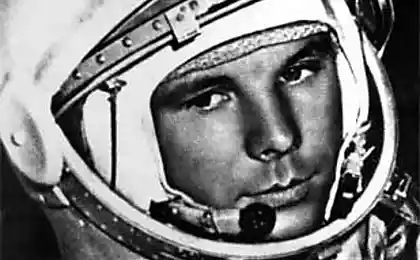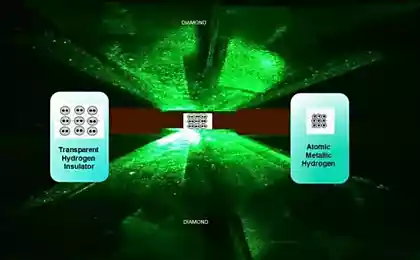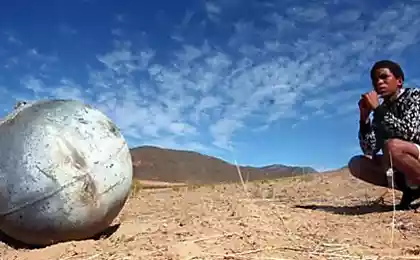644
First air flights
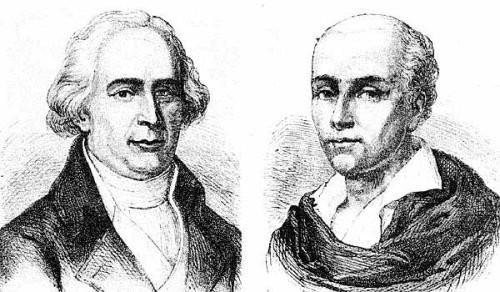
In 1782, the brothers Etienne and Joseph Montgolfier decided to demonstrate with family and friends devised a means by which to rise into the air. This tool was filled with smoke shell in the form of a ball with a diameter of 3.5 meters. The success was overwhelming. The shell stayed in the air for about 10 minutes, rising to the height of almost 300 meters and flew through the air about a kilometer. Flushed with this success, the brothers decided to show his invention to the General public. They built a huge balloon, with a diameter of more than 10 meters. Demonstration of a balloon took place on 5 June 1783 in the presence of a large number of spectators. Balloon filled with smoke, rushed up. Special Protocol bears the signatures of officials, witnessed all the details of the experience. So for the first time it was officially certified by the invention that opened the way for Aeronautics.
At the same time, a young French physics Professor Jacques Charles, who was ordered to prepare and conduct a demonstration of its aircraft. Charles was sure that the smoky air is not the best solution. He believed that much more benefits the use of hydrogen, as it is lighter than air. As a lightweight shell, capable of long time to hold volatile gas, Charles used a lightweight silk fabric, covered with a solution of rubber in turpentine. On 27 August 1783, at the Champ de Mars in Paris launched a flying machine of Charles. In the eyes of 300 thousand spectators he went up, and soon became invisible.

Successful flight of a balloon Charles did not stop the Montgolfier brothers. Working day and night, they built by the target date of the balloon, and to produce an even greater effect, the brothers hitched to a balloon cage, where they put a sheep, duck and rooster. It was the first passengers in the history of Aeronautics. The balloon broke away from the dais and went up, and after eight minutes, making the journey of four kilometers, safely descended to the ground. The Montgolfier brothers became the heroes of the day were award-winning, and all the balloons, which lift you used the smoky air, began from that day to be called a balloon.
Each flight balloons of the Montgolfier brothers bring them closer to the cherished goal of human flight. They built a new ball was larger: the height of 22.7 meters, diameter 15 meters. In the lower part is attached to the annular gallery is designed for two people. In the middle of the gallery was suspended the hearth for the combustion of chopped straw. Being under the hole in the shell, it gives off a warm, heated air inside the shell during flight. It is possible to make the flight longer, and to some extent manageable. The king of France, Louis XVI banned the sponsors to participate personally in flight. So risky for life challenge, in his opinion, should have charge of two criminals, sentenced to death. But it triggered violent protests Pilatre des Rosiers, an active participant in the construction of the balloon. He could not accept the idea that in the history of ballooning will include the names of any criminals, and insisted on personal involvement in flight. The permission was granted. Another "pilot" became a fan of Aeronautics Marquis d Arland. And here on 21 November 1783, man finally was able to get off the ground and make the air flight. The balloon stayed in the air for 25 minutes, flying about nine kilometers.
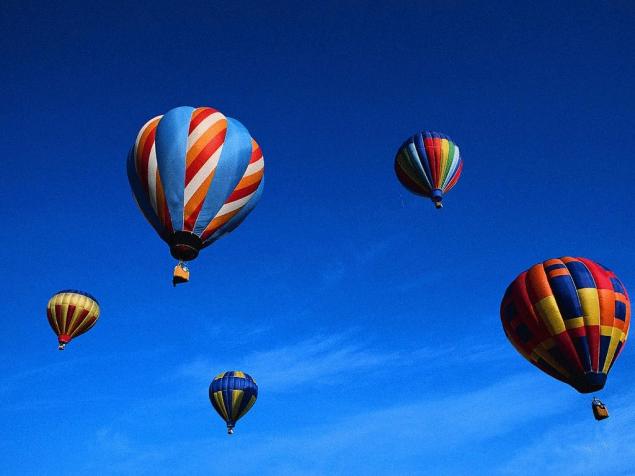
In an effort to prove that the future of Aeronautics belongs chalerm (the so-called balloons with shells, hydrogenated), not the balloon, Professor Charles understood what it takes to fly with people on Charlie, and more spectacular than the flight of the Montgolfier brothers. Creating a new balloon, he has developed a number of design decisions, which are then used for many decades. Charlier had the grid obtyagivali the upper hemisphere of the balloon, and slings, with which this mesh was suspended gondola for people. To control the height of flight was used a special valve in the shell and the ballast stored in the gondola. Was provided and anchor to facilitate landing on the ground. 1 Dec 1783 Charlier a diameter greater than nine metres took the start in the Tuileries. It went Professor Charles and one of the brothers Robert, took an active part in the construction of Charleroi. Flying 40 kilometers, they were safely down near a small village. Then Charles alone continued the journey. Charlier flew five miles, climbing to an unprecedented for that time, the height of 2750 meters. After spending beyond the sky for about half an hour, the researcher landed safely, completing thus the first in the history of Aeronautics, a flight on a balloon with a shell filled with hydrogen.

Source: /users/104



